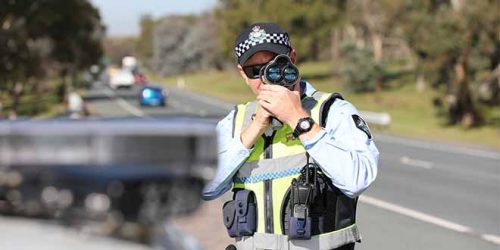LASER Interferometer Gravitational-wave Observatory (LIGO) detectors have for the first time detected gravity waves as predicted by Albert Einstein.
For the first time, scientists have observed ripples in the fabric of spacetime called gravitational waves, arriving at the earth from a cataclysmic event in the distant universe. This confirms a major prediction of Albert Einstein’s 1915 general theory of relativity and opens an unprecedented new window onto the cosmos.
Gravitational waves carry information about their dramatic origins and about the nature of gravity that cannot otherwise be obtained. Physicists have concluded that the detected gravitational waves were produced during the final fraction of a second of the merger of two black holes to produce a single, more massive spinning black hole. This collision of two black holes had been predicted but never observed.
The gravitational waves were detected on September 14, 2015 at 5:51 a.m. Eastern Daylight Time (9:51 a.m. UTC) by both of the twin Laser Interferometer Gravitational-wave Observatory (LIGO) detectors, located in Livingston, Louisiana, and Hanford, Washington, USA. The LIGO Observatories are funded by the National Science Foundation (NSF), and were conceived, built, and are operated by Caltech and MIT.
The discovery, accepted for publication in the journal Physical Review Letters, was made by the LIGO Scientific Collaboration (which includes the Australian Consortium for Interferometric Gravitational Astronomy (ACIGA) and the GEO600 Collaboration) and the Virgo Collaboration using data from the two LIGO detectors.
Australian scientists from The Australian National University (ANU), the University of Adelaide, The University of Melbourne, the University of Western Australia (UWA), Monash University and Charles Sturt University, contributed to the discovery and helped build some of the super-sensitive instruments used to detect the gravitational waves.
Leader of the Australian Partnership in Advanced LIGO Professor David McClelland from ANU, said the observation would open up new fields of research to help scientists better understand the universe.
“The collision of the two black holes was the most violent event ever recorded,” Professor McClelland said.
“To detect it, we have built the largest experiment ever – two detectors 4,000 kilometres apart – with the most sensitive equipment ever made, which has detected the smallest signal ever measured.”
Professor Susan Scott, who studies General Relativity at ANU, said observing this black hole merger was an important test for Einstein’s theory.
“It has passed with flying colours its first test in the strong gravity regime which is a major triumph.”
“We now have at our disposal a tool to probe much further back into the Universe than is possible with light, to its earliest epoch.”
Australian technology used in the discovery has already spun off into a number of commercial applications. For example, development of the test and measurement system MOKU:Labs by Liquid Instruments; vibration isolation for airborne gravimeters for geophysical exploration; high power lasers for remote mapping of wind-fields, and for airborne searches for methane leaks in gas pipelines.
LIGO research is carried out by the LIGO Scientific Collaboration (LSC), a group of more than 1000 scientists from universities around the United States and in 14 other countries. More than 90 universities and research institutes in the LSC develop detector technology and analyse data; approximately 250 students are strong contributing members of the collaboration.
The discovery was made possible by the enhanced capabilities of Advanced LIGO, a major upgrade that increases the sensitivity of the instruments compared to the first-generation LIGO detectors, enabling a large increase in the volume of the universe probed—and the discovery of gravitational waves during its first observation run. The U.S. National Science Foundation leads in financial support for Advanced LIGO. Funding organizations in Germany (Max Planck Society), the U.K. (STFC) and Australia (Australian Research Council) also have made significant commitments to the project. Several of the key technologies that made Advanced LIGO so much more sensitive have been developed and tested by the German UK GEO collaboration.
Who can be trusted?
In a world of spin and confusion, there’s never been a more important time to support independent journalism in Canberra.
If you trust our work online and want to enforce the power of independent voices, I invite you to make a small contribution.
Every dollar of support is invested back into our journalism to help keep citynews.com.au strong and free.
Thank you,
Ian Meikle, editor




Leave a Reply